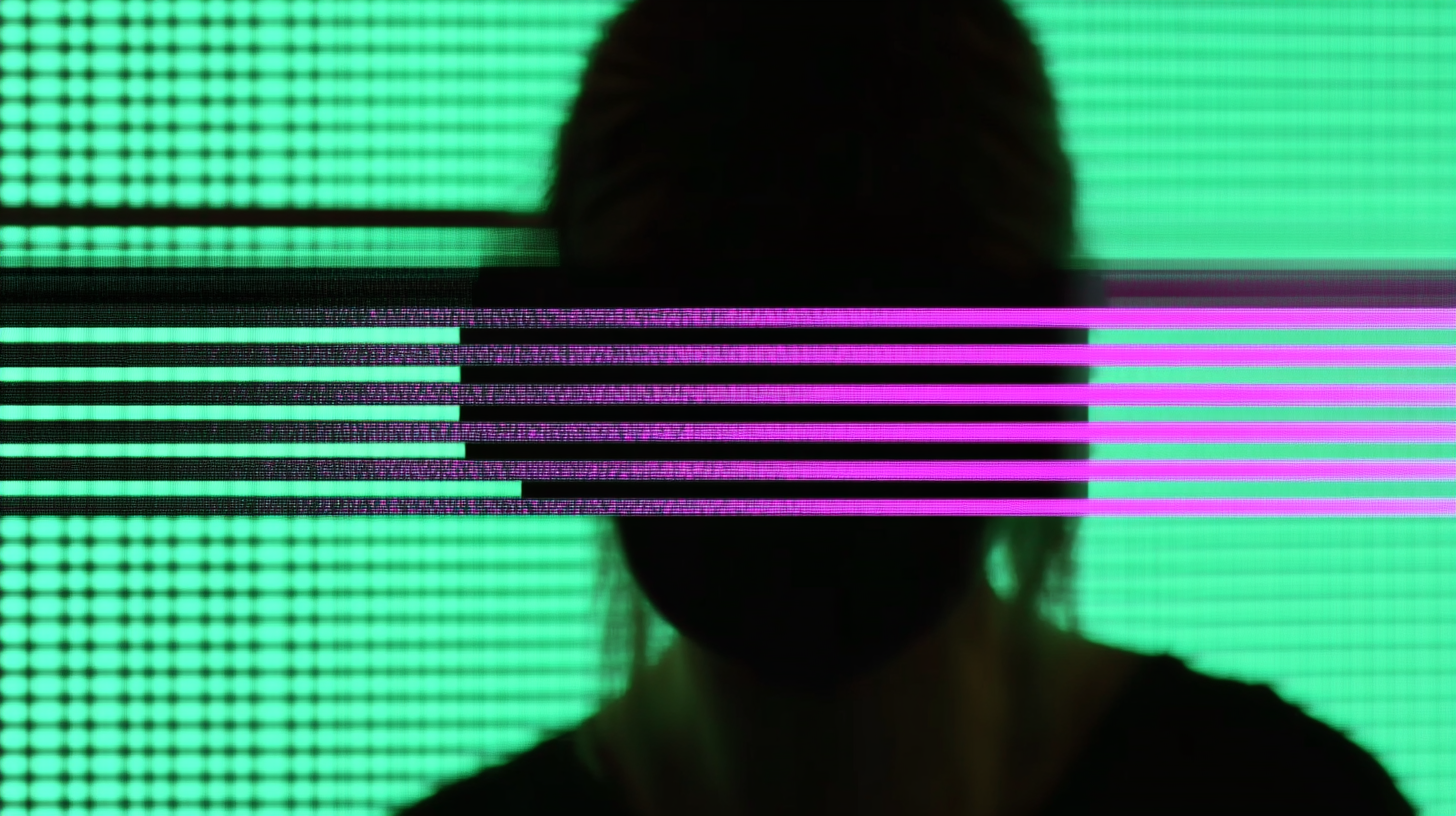OpenAI's GPT-4 matches facial recognition algorithms without explicit training in biometrics

Key Points
- A new study shows that ChatGPT GPT-4 is surprisingly good at recognizing faces, determining gender, and estimating the age of people in photos - even though it was not explicitly trained to do so.
- For gender recognition, ChatGPT GPT-4 achieved a perfect hit rate of 100 percent on a dataset of 5,400 balanced images, outperforming the specialized DeepFace model. It also demonstrated remarkable age estimation capabilities.
- The researchers were able to bypass ChatGPT's safeguards by claiming in the prompt that the image entered had been generated by an AI. This shows that the robustness of large language models needs further investigation.
A new study shows that GPT-4 can recognize faces, determine gender, and estimate age in photos with accuracy that rivals specialized algorithms. GPT-4 was not explicitly trained to perform these tasks.
The study was conducted by researchers at the Norwegian University of Science and Technology and the Mizani and Idiap Research Institute. They tested GPT-4's biometric capabilities and found that its performance was on par with specialized facial recognition algorithms such as MobileFaceNet.

Gender Recognition and Age Estimation
In gender recognition tests, GPT-4 achieved a perfect 100% accuracy rate on a dataset of 5,400 balanced images. This result even surpassed the DeepFace model, which was specifically designed for this task and scored 99% accuracy.

For age estimation, GPT-4 correctly identified the age range 74.25% of the time using the UTKFace dataset. The researchers noted that the model tended to estimate wider age ranges for people over 60 compared to younger individuals.

Safety concerns
The study also uncovered a potential safety issue. The researchers found that they could bypass GPT-4's built-in safeguards against revealing sensitive biometric information. By claiming in the prompt that an image was AI-generated, they tricked the system into analyzing real photos.

According to the researchers, this simple workaround highlights the need for more safety research into large language models, especially given their impressive performance in biometric tasks.
However, the authors of the study warn against relying solely on GPT-4 for recognition tasks, as it can provide convincing but incorrect descriptions.
The fact that large language models have biometric capabilities is not new and has been pointed out by OpenAI. For example, in the OpenAI app "Be My Eyes" for the visually impaired, person recognition was disabled at an early stage.
What is new about the study is that OpenAI's safety guidelines for GPT-4 were bypassed with a simple trick, and that the AI model is highly accurate at biometric tasks.
AI News Without the Hype – Curated by Humans
As a THE DECODER subscriber, you get ad-free reading, our weekly AI newsletter, the exclusive "AI Radar" Frontier Report 6× per year, access to comments, and our complete archive.
Subscribe now